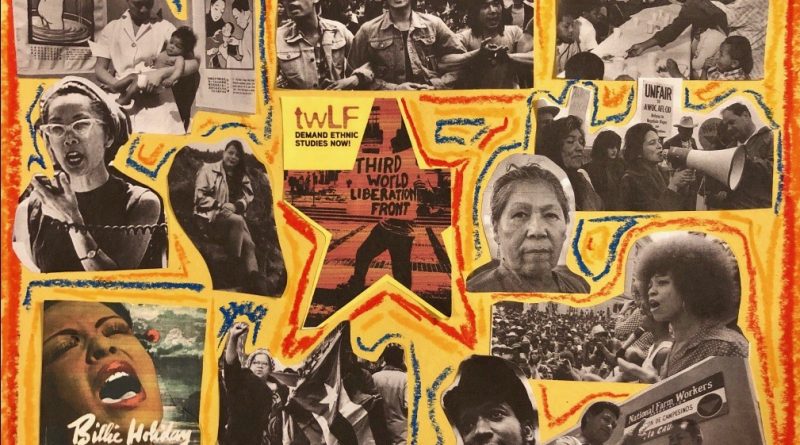Ethnic Studies soon a Requirement
California is the first state in the U.S. to implement a one-semester ethnic studies class as a graduation requirement for all public high school students. This new legislation, otherwise known as Assembly Bill 101, would take effect starting with the graduating class of 2030, but high schools like CVHS must start to offer this course as an elective in the 2025-26 school year.
“America is shaped by our shared history, much of it painful and etched with woeful injustice,” Gov. Gavin Newsom wrote, expressing why he chose to sign this bill into law. “Students deserve to see themselves in their studies, and they must understand our nation’s full history if we expect them to one day build a more just society.”
Now that ethnic studies, first born out of the 1968 Third World Liberation Front student strikes in response to the Eurocentric education and lack of diversity at San Francisco State and UC Berkeley, is reaching classrooms, there are still an array of puzzle pieces that need to be sorted out, starting off with this question: What will the class teach?
Though the Legislature has a guide about what an ethnic studies class should cover, school districts have the ability to pick and choose any curriculum they want.
“I think it will be an exciting process to implement this new class into our department,” said CVHS social studies teacher Britney Brown. “We can look at what we already have and see what kind of fits under those guidelines already, while also staying open to student feedback and what students would like to see out of this program. That’s a really cool opportunity for teachers to work with students. It’s an exciting time to be a social studies teacher in California because of it.”
Students like Shreya Varma who have encouraged CVHS to offer ethnic studies approve of the new state requirement.
“There are so many topics I wish we could cover in this class and I hope we can cover as much as possible. I would especially love to talk more about Middle Eastern and African ethnic groups,” said Varma, the president of the Diversify Our Narrative Club.
The club advocates for racial justice and the inclusion of all races, genders, and sexualities in school curriculum. The group is part of a national organization working to make ethnic studies a class for more schools in the United States.
“Overall, the AB101 bill signed by Gov. Newsom is great news and I’m excited to see how it will affect CVUSD,” Varma said.
CVUSD could make ethnic studies substitute for a current graduation requirement: Comparative Cultures and Geography (CCG).
“The Social Studies department supports transitioning the current CCG class to an ethnic studies class,” said Sarah Burke, CVHS social studies department chair. “The process will take time, and will most likely need to reconcile different perspectives and priorities, but once put in place should be a great educational experience for students.”
Principal Blaine Torpey agrees. “Having an ethnic studies class would formalize and make conversations and discussions about race and race relations explicit in classes for every student. I think that would probably be one of the biggest benefits,” he said.
Trent Logan, advisor of Diversify our Narrative and English teacher, stressed the importance of having a diverse curriculum. Having diverse literature in English curriculum, similar to having diversity in social studies curriculum, would “allow students to hear the voices of many different people and to see, or even partially feel, what it is like to walk in their shoes,” he said.
Varma believes the impact ethnic studies will have on campus culture will be significant. “In 2020, there began a rise in Asian hate crimes and during hybrid I heard a lot of students who identify as Asian-American were afraid to come back to campus.” However, being able to have uncomfortable conversations about race and race relations, especially at CVHS, would “overwork those barriers.”
“We want to hear all voices in the process,” Brown said. “But also the process of creating a new class is a huge undertaking with getting funding to help teachers create it, organizing the class, and what we want in it. It’ll be an arduous, but exciting process.”


I am excited to see what this course brings to CVHS. Although I will not be attending the school to take it at the time it is introduced, I’m sure it will be interesting.